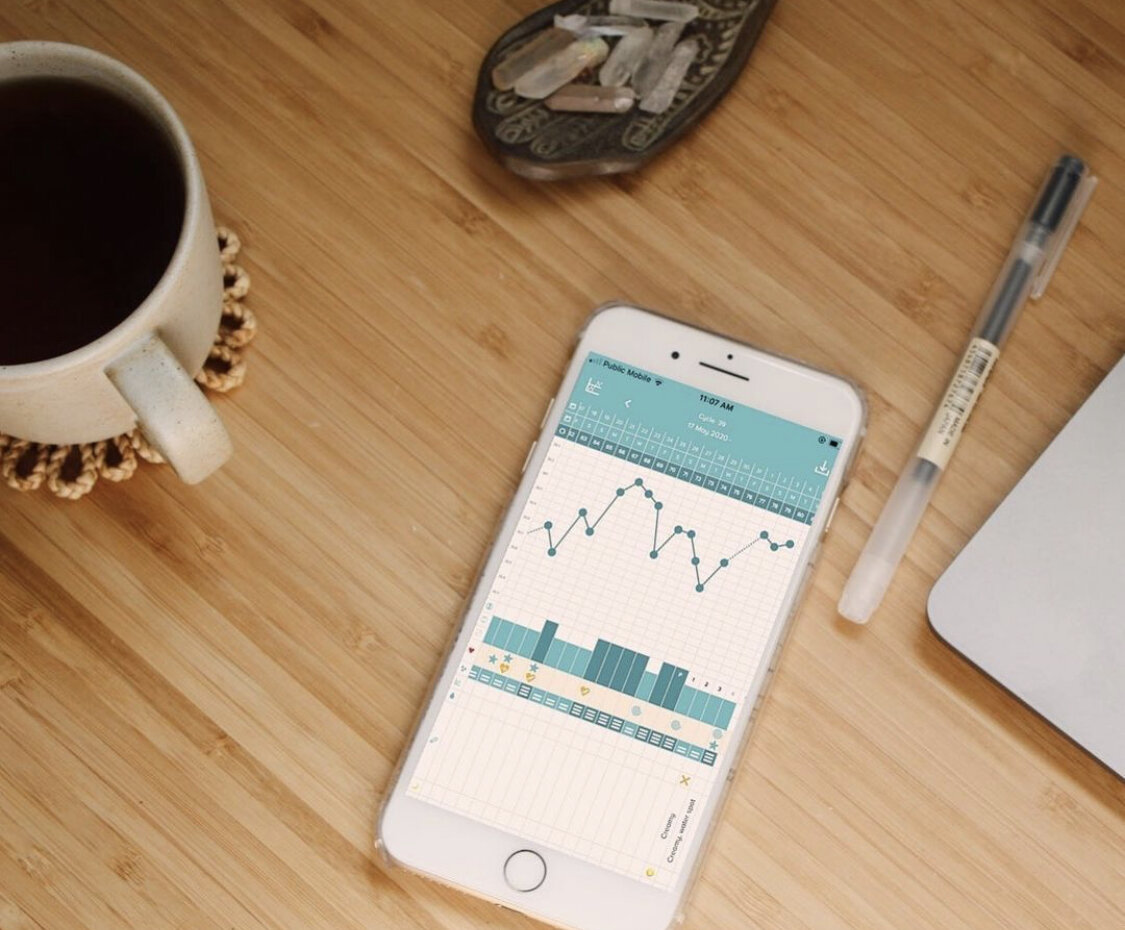Types of Fertility Awareness Based Methods
Do you know what type of fertility awareness based method you use?
The world of fertility awareness is diverse, and there are a wide range of different types of methods, instructors and beliefs. Whether you're new to FAM and wondering what method to go with, or you're thinking of certifying as an instructor in a particular method, it's important to know your method!
Under the umbrella of fertility awareness based methods (FABMS) are secular and religious methods (commonly known as natural family planning). Religious methods mean that abstinence is emphasized in the fertile window and there may be a conversation around marriage and sex in the teaching. It's not black-and-white, however, and all teachers will come with their own set of beliefs regardless of the method they teach.
Whatever method you choose to learn, it’s important that your instructor is a good fit in both personality and beliefs! Talk to your instructor about what method they teach, whether their materials are religious or secular, and how long they’ve been using the method.
Types of FABMS
Symptohormonal methods include FEMM, Marquette and Boston Cross Check. These methods use a combination of hormone urine tests or a hormone monitor to test LH and sometimes estrogen in conjunction with cervical mucus. Some symptohormonal methods like Boston Cross Check also incorporate basal body temperature in the protocol.
Some people like the objective element of hormone testing, but in certain reproductive scenarios, LH tests might be a less trustworthy fertility biomarker.
Methods that use the Clearblue fertility monitor, like Marquette, are popular for postpartum charting.
Symptothermal methods like Sensiplan, Symptopro, Serena, NFPTA or the method from Taking Charge of Your Fertility use cervical mucus and basal body temperature as the primary fertility biomarkers, however some methods include optional cervical position checks. These methods may include a calculation rule (like the Doering rule) to open the fertile window and some will rely on only cervical mucus to open the fertile window.
There are more self-teaching resources available for symptothermal methods and they have the added benefit of cross-checking cervical mucus with basal body temperature to determine whether ovulation has happened. Symptothermal methods may not have as robust of a protocol for long cycles or postpartum, because temperature can only confirm ovulation after it has already happened.
Cervical Mucus only methods like the Billings Ovulation Method, Creighton or Justisse use very specific categories of cervical mucus to open and close the fertile window. Methods like Justisse are cervical mucus only with an optional BBT observation.
You might want to use a cervical mucus only method if taking your temperature each day is not something that is available for you. Cervical mucus only methods like Billings have really strong protocols for postpartum or long cycles. These methods rely on close instructor support to clarify observations to ensure you’re charting correctly.
Methods like Justisse and Creighton rely heavily on wiping as a way to check for mucus and have very specific categories to chart mucus in. Whereas Billings relies more on sensation with the appearance of mucus being secondary.
Temperature only methods, calendar only methods (not recommended for avoiding pregnancy.
Calendar only methods (the rhythm method, DOT, standard days) use a calculation based on past cycles or population data to open and close the fertile window
Temperature only methods (Natural Cycles, Daysy) rely on a calculation based on past cycle data or population based data to open the fertile window and temperature to close the window.
How do I choose a method?
It might be helpful to think about what is realistic for you in terms of your learning and lifestyle. Are you prepared to work closely with an instructor, or would you like to do more self-directed learning? Are you the type of person who can wake up each morning to take your temperature, or would you like to be able to chart solely based on cervical mucus?
Everybody is unique, and there is a method out there that will suit you. Take a little bit of time to follow a few fertility awareness educators and learn about the method that they teach.
Search the fertility awareness educator directory or sign up for the waitlist to learn FAM with me.
As with all methods of fertility awareness, the general principle is the same: chart ovulation to identify your fertile window and don't have unprotected sex in the fertile window if you don't want to get pregnant! But how each of these methods combine, use and interpret the fertility signs may be different. This is why fertility awareness is lifelong and exciting learning - you think you've got the hang of it until you learn something brand new!

